Last Updated on August 3, 2021



A sequel to THE SHINING is something I never really expected to see, but in 2013 Stephen King went ahead and wrote the sequel novel DOCTOR SLEEP, so now we're getting a cinematic adaptation of that book courtesy of director Mike Flanagan. Since Flanagan's DOCTOR SLEEP reaches theatres this Friday, this seemed like the perfect time to have an Original Vs. Remake Face-Off between Stanley Kubrick's 1980 version of THE SHINING and the 1997 mini-series adaptation of THE SHINING, which was directed by Mick Garris from a script King wrote himself. Disappointed that Kubrick's film had strayed from the source material, the mini-series was King's attempt to do THE SHINING right. How did that work out? Let's see…
THE SHINING is the story of three people being trapped in one location for the winter, but there's a lot going on with the people in that location. Jack Torrance is a recovering alcoholic with anger issues who has gotten a job working as the caretaker at a secluded hotel during the off season, thinking the isolation will help him focus on his writing. He has brought his wife and young son, who has psychic abilities, along with him. Unfortunately there are evil spirits lurking at the hotel who torment the kid and turn Jack into a homicidal maniac. The psychic / haunting aspect is intriguing, while the idea of a father breaking down to the point where he starts chasing his wife and son around with an axe is deeply disturbing.
The mini-series tells the exact same story as the film, there's just more to it because there were two extra hours to fill. That allows the mini-series to dig deeper into the family drama aspect of things and to show Jack Torrance descend into madness more gradually. But that also allows it to be packed with scenes that might as well have been left out, because they make the mini-series feel padded, repetitious, and slow. Especially in the first of the three parts, where it takes a full hour before the Torrances have even officially moved into the Overlook. The idea was to bring as much from the page to the screen as possible, but I feel that this story benefited from being condensed and simplified for its previous adaptation.
This isn't an effects-heavy film, and a couple of the most incredible effects don't involve blood or ghosts. The snow was an effect, accomplished by bringing in 900 tons of salt and crushed styrofoam. The massive hedge maze didn't completely exist, the shot that makes it look like it goes on forever while characters are walking around inside it is trickery. But there are some bloody corpses, and a disgusting decaying corpse rises from a bathtub. Of course, the most iconic special effect of all involves a flood of blood escaping from an elevator shaft, pouring out into a hallway and sweeping away furniture. Today this would be an underwhelming CGI effect, but when this was made they were pouring blood through a miniature set.
I'm not sure the haunted house makeup on the actors playing ghosts was necessary, and the sight of blood running out of a firehose is no replacement for that iconic elevator shot. The makeup applied to Jack's face when he has completely broken down is effectively troubling, and occasionally makes him look downright monstrous. There's some decent fire work in the climax. The rotting lady from the bathtub looks appropriately grotesque, but they might have gone a bit far with her makeup. The worst effects come in moments that feature horrendous, laughable CGI topiary animals walking around in the snow. They're even worse than the firehose with teeth, and even sillier than the shots of a floating teenager.
Some people complain about Jack Nicholson's performance in this film, saying his Jack Torrance seems like he's insane from the moment he first appears. I don't think that's quite accurate, although he's always a bit of a condescending ass. I think Nicholson's depiction of Jack's growing madness is awesome, and once the character has fully cracked he's simultaneously terrifying and hilarious. As Jack's wife Wendy, Shelley Duvall was put through hell on set and suffered from nervous exhaustion. Her meek, dim Wendy seems doomed from the start. She's not a strong character, but at least she can swing a baseball bat well enough. Six-year-old Danny Lloyd made his screen debut as little Danny Torrance and is fully convincing in the role, even though he didn't know he was making a horror movie.
Steven Weber did a good job playing Jack Torrance, making him come off as a troubled guy who wants to turn himself around for his family. He loves his wife and child, but his personal demons are tough to overcome, and he succumbs to the hotel's mind games. Even once the spirits have pushed Jack to go after Wendy and Danny, the good Jack is still in there, struggling to regain control. I feel sympathy for the guy, which I never felt for Jack Nicholson's Jack. Rebecca De Mornay is fine as a Wendy who seems stronger than her feature film counterpart. And then there's Courtland Mead as Danny. I hate to say it, but the kid almost singlehandedly ruins the entire show with his line deliveries and facial expressions. This is one of the most annoying child actor performances I have ever seen.
Of course THE SHINING is intense, you don't get the reputation of being one of the greatest horror films of all time (a reputation I feel the movie deserves) by being tame. There's an atmosphere of dread hanging over it from the start, and it builds in intensity as it goes along until it reaches that climactic chase. The shots, the editing, and the music work together to make even the simplest images unsettling. This movie contains some of the most iconic moments in horror history, and made people just as afraid (or even more so) of two dead little girls standing in a hallway than of a maniac with an axe.
The relationship between the Torrances is quite intense. Jack and Wendy are always arguing about something; staying at the Overlook, Jack's alcoholism, the way he acts toward Danny. Danny is always getting freaked out, which leads to more intense emotions from his parents and some crying and whining from the kid. If you're looking for the intensity of horrific events and supernatural forces, you'll have to wait about three and a half hours and get past some CGI topiary animals before Jack fully loses it and things really get intense. Most attempts at scares in this mini-series don't work.
Stanley Kubrick is one of the most highly respected filmmakers we've ever had, and he was a notorious perfectionist. Even coming off a critical and box office failure (BARRY LYNDON), he still had the budget and freedom he required to make this movie exactly the way he wanted to make it. He spent more than a year on principal photography, and was able to because he was the producer, so there was nobody to fire him. I don't condone the way Shelley Duvall was treated during production and I don't think it's necessary to shoot over 100 takes of the simplest scenes, but I can't argue with the results. THE SHINING is an amazing film, meticulously crafted and brilliantly shot.
It's not even fair to compare director Mick Garris's work on this mini-series to what Stanley Kubrick did on the film. So taking the mini-series on its own merits, Garris did about as well as you can expect from someone tasked with bringing three nights of THE SHINING to network television. There's not a whole lot of style on display, not much atmosphere, and some very bad decisions were made (the topiary animals, floating Tony, Courtland Mead, etc.) I'm sure it's tough when you have to follow Kubrick and try not to do any of the same things he did. This feels like a failed experiment.
There has only been one other complete shut out in Original Vs. Remake history, and coincidentally that was another Stephen King Face-Off. It happened back in 2014 when Mike Catalano put CARRIE 1976 up against CARRIE 2013. Well, I would say that THE SHINING 1997 is much worse than CARRIE 2013, so it's no surprise that it fared just as badly in this competition.
The mini-series really never stood a chance. It was never going to be as good as Kubrick's film, but it could have still been a solid piece of entertainment in its own right. Instead, it was sabotaged by poor choices. It seems like every good decision that went into that production was followed up by an equally bad decision. In the end, the mini-series was sunk by elements like the topiary animals, the firehose with teeth… and Courtland Mead.
Do you agree with the outcome of this battle, or do you think the mini-series should have scored some points? Share your thoughts on the adaptations of THE SHINING in the comments section below. If you have suggestions for future Face-Off or Original Vs. Remake articles, you can send them to [email protected].




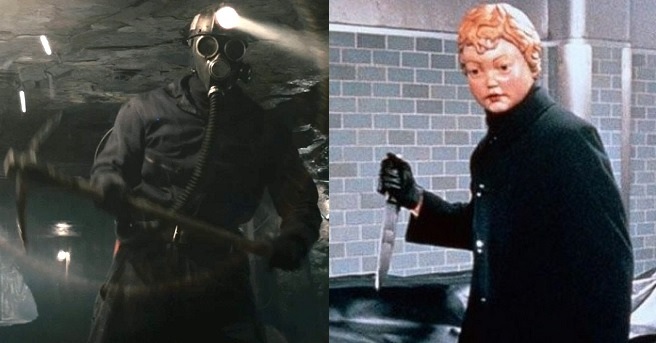
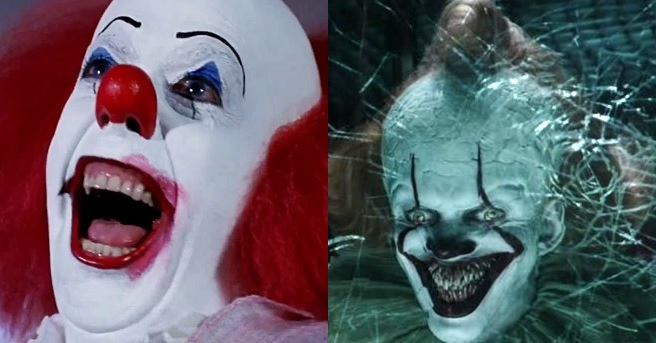
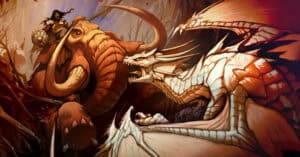
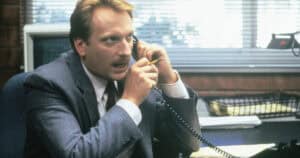
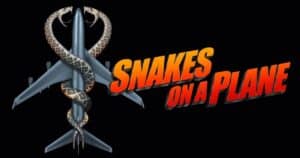
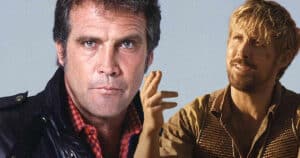

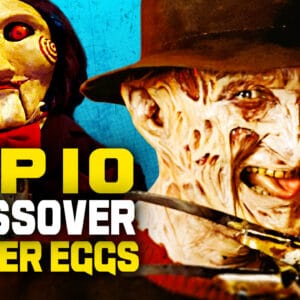
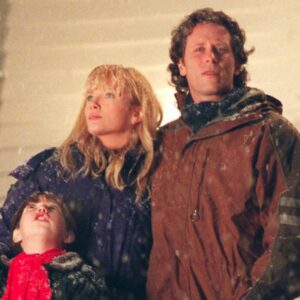
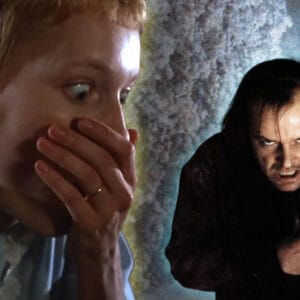
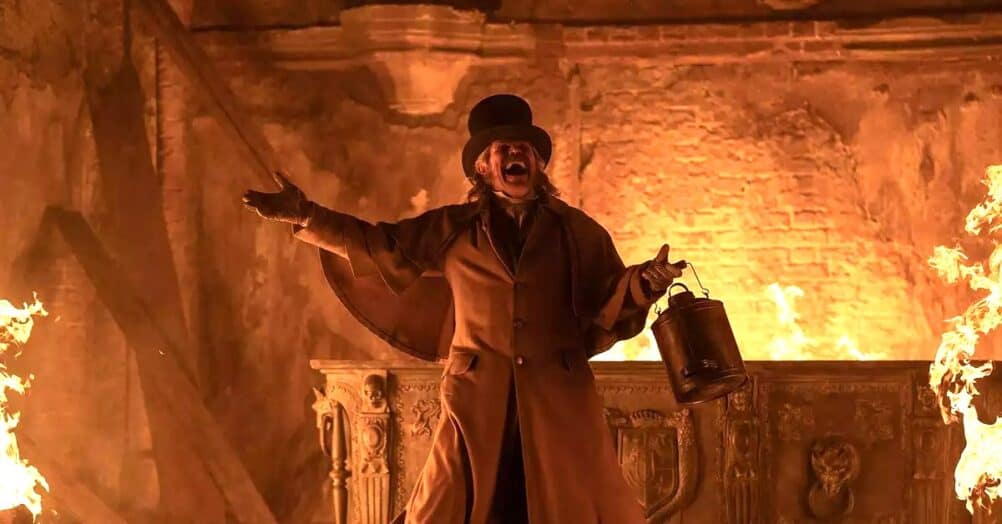
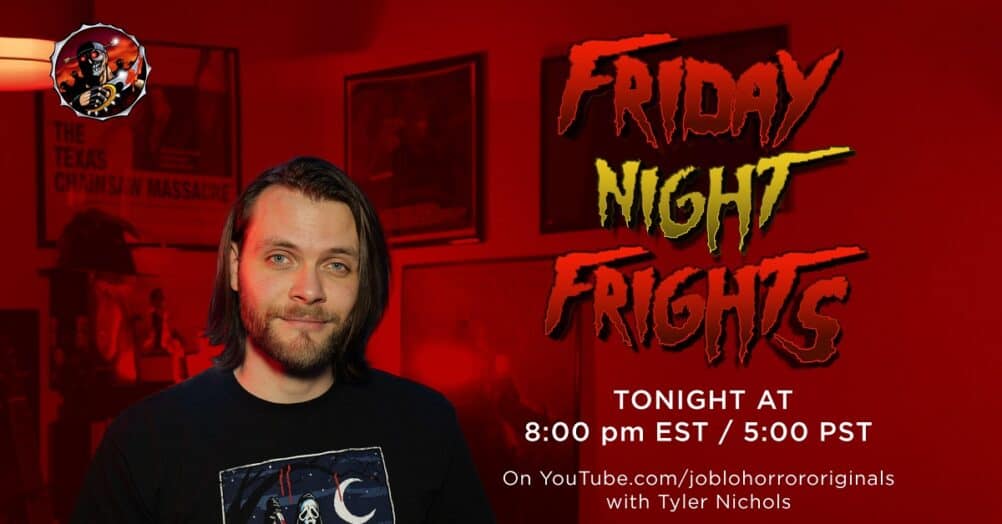
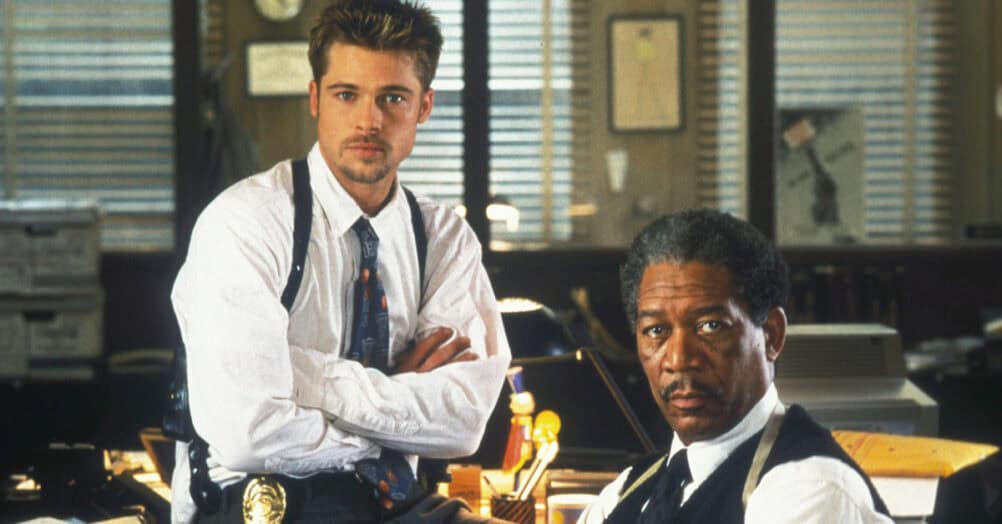
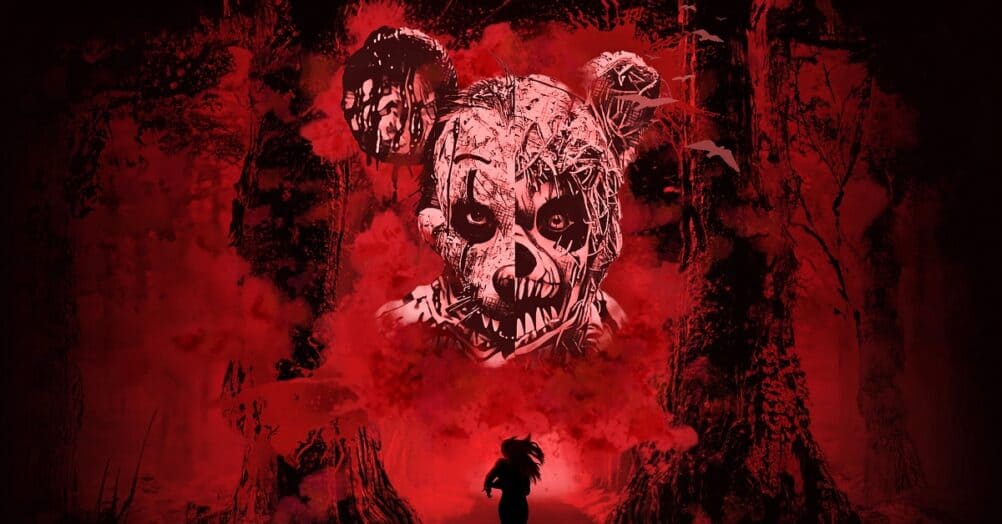
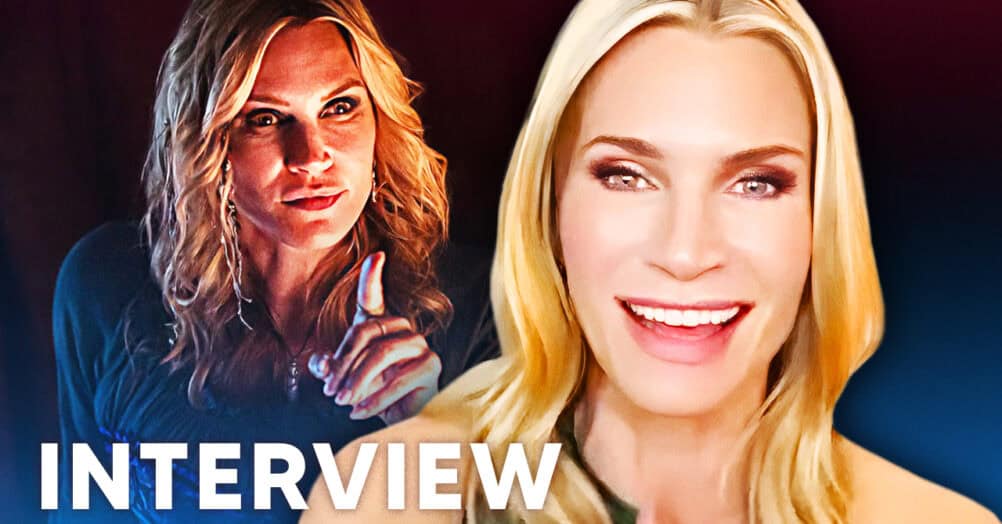
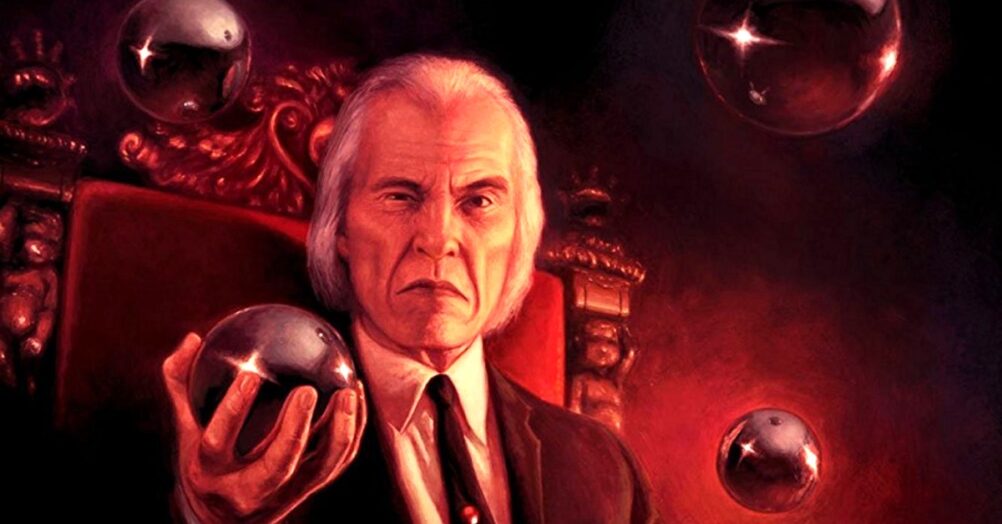
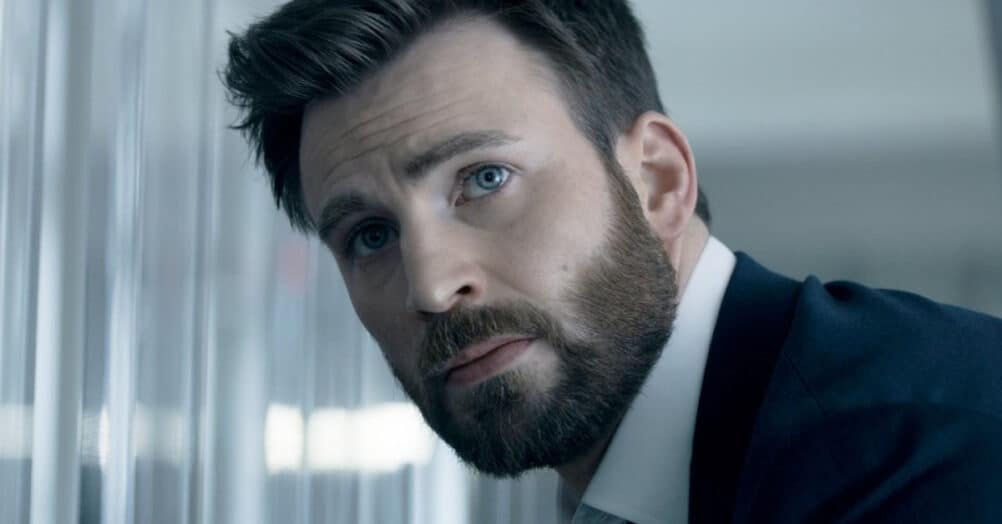
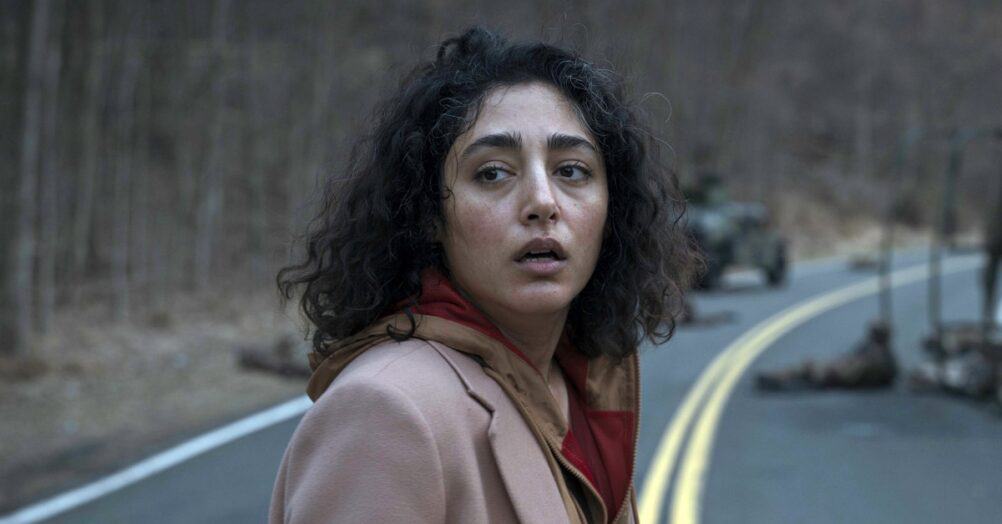
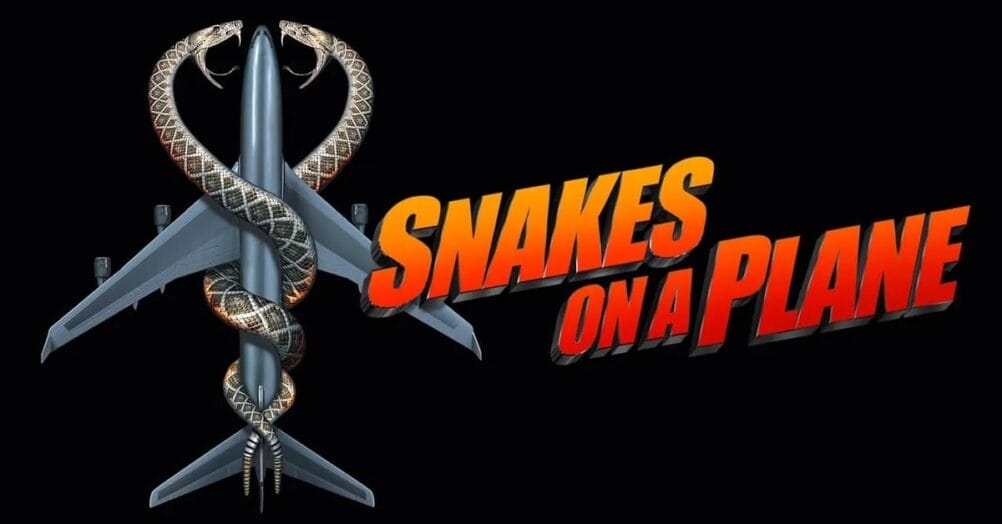
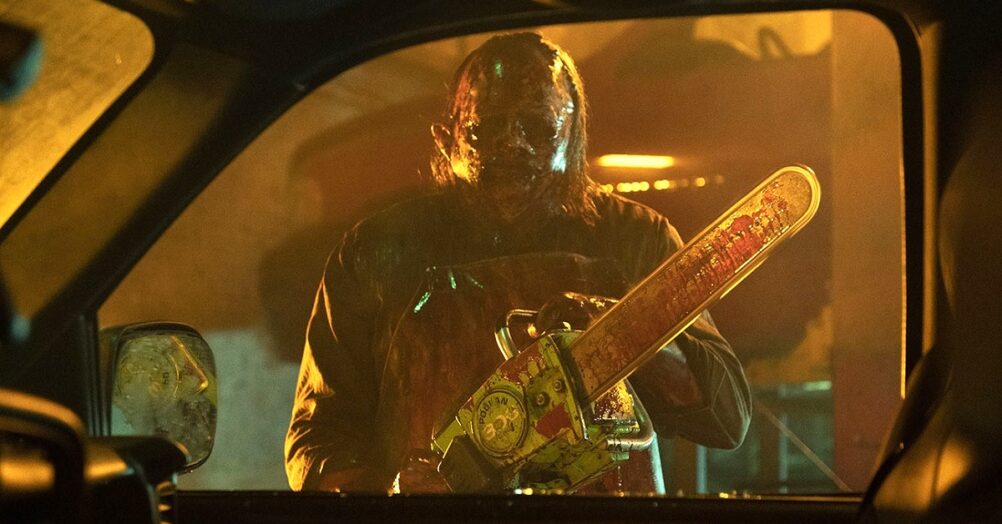
Follow the JOBLO MOVIE NETWORK
Follow us on YOUTUBE
Follow ARROW IN THE HEAD
Follow AITH on YOUTUBE